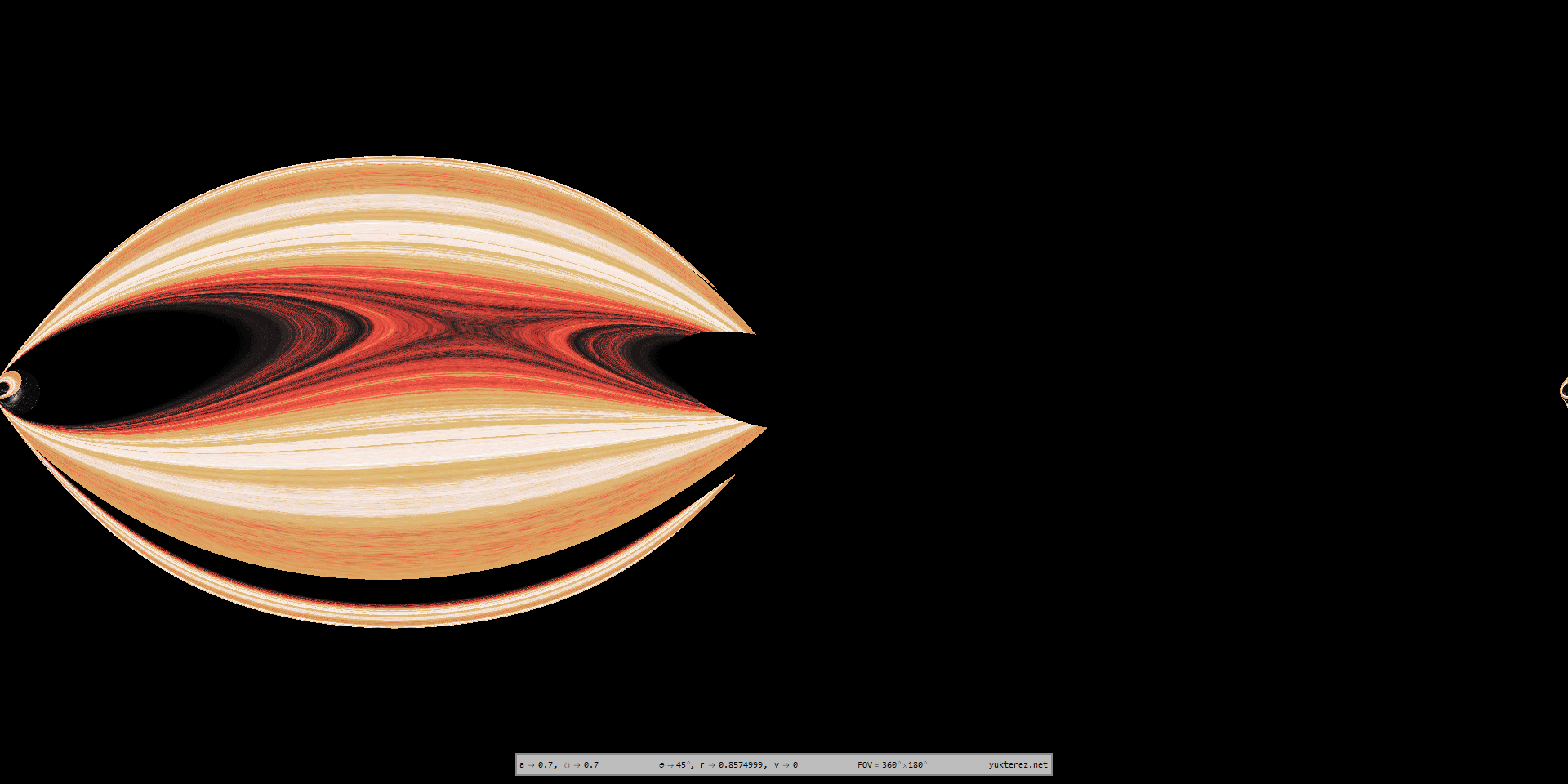
The scopes worked in concert with an instrument called GRAVITY to take advantage of a technique called interferometry, exploiting the interference of light waves from the beams of each telescope to produce sharper images than a single telescope can obtain. The team used all four of the 8.2-meter telescopes that make up the European Southern Observatory’s Very Large Telescope facility. “We are stunned by their amount of detail, and by the action and number of stars they reveal around the black hole.” “The VLTI gives us this incredible spatial resolution and with the new images we reach deeper than ever before,” said Julia Stadler, the team leader and an astronomer at the Max Planck Institute for Astrophysics in Garching, in a statement. What is going to happen if you fall into one Of course there are many other questions about black holes, and the following animation is an easy way to get most of your questions answered, in under 6 minutes Animation source: Kurzgesagt In a Nutshell. The varied list of things to fall from includes cliffs, over waterfalls, out of trees, and off the tops of buildings.There is one case of a Disney villain meeting his end by. Unfortunately for them, even though they are animated characters, they cannot defy gravity. This was commissioned by National Geographic for an article called Star Eater. Villains in the Disney Animated Canon have an especially curious tendency to exit the film by falling off or out of things.
FALL INTO A BLACK HOLE ANIMATION MOVIE
It’s the clearest view astronomers have ever captured of the region around Sagittarius A* (Sgr A*), a radio-emitting source made of hot gas and dust surrounding our galaxy’s central black hole. Animation of a black hole shredding and consuming a passing cloud of gas. Fly in your browser through a wormhole and black hole similar to those in the movie Interstellar. Update: check out my latest video - the most realistic simulated movie to-date of the supermassive black hole in the centre of our own Milky Way galaxy htt. This sequence of infrared images was taken across four months in 2021 by the Very Large Telescope Interferometer (VLTI) in Chile. The star was stretched out and shredded, causing. Black holes appear when massive stars collapse under thei. Astronomers witnessed such a tidal disruption event back in 2014, when several space telescopes caught a star wander too close to a black hole.

The points of light circling the central object in this animation may look like planets orbiting a star - but in fact, they’re stars being flung around the supermassive black hole at the core of our Milky Way galaxy. A black hole is a mysterious place where the laws of physics people are familiar with stop working.


 0 kommentar(er)
0 kommentar(er)
